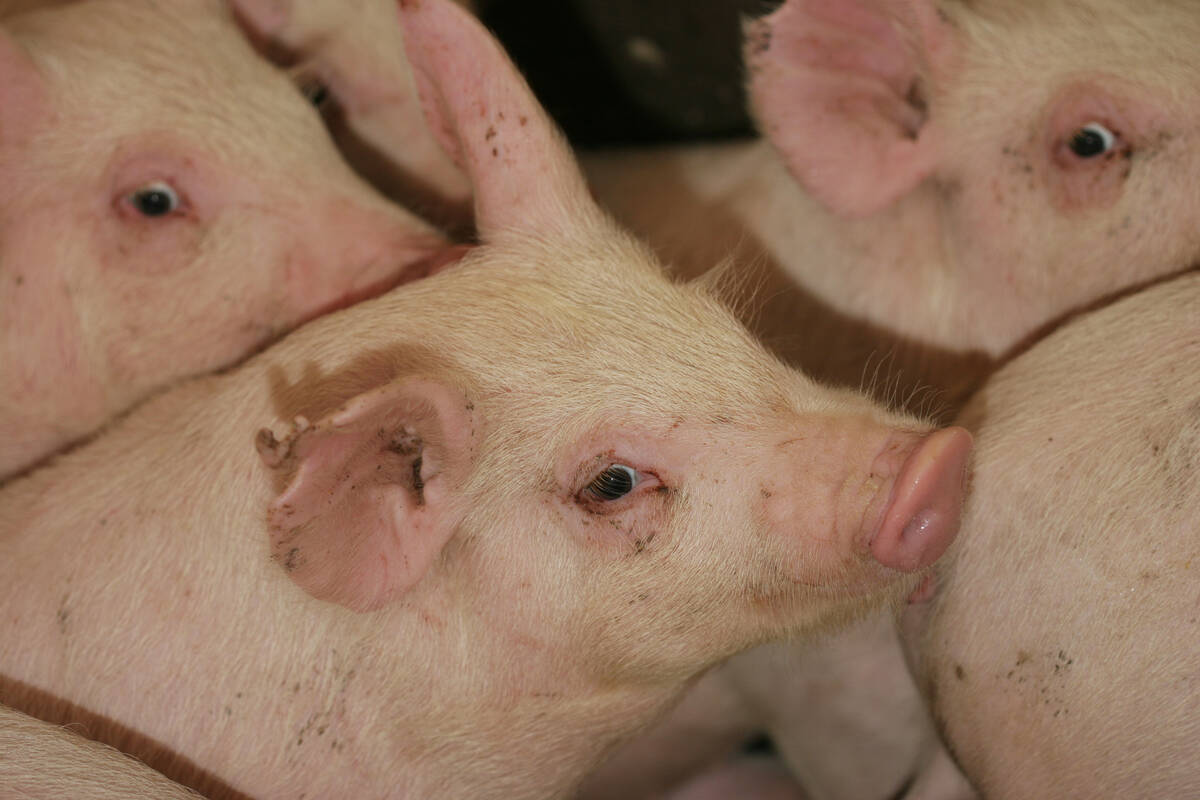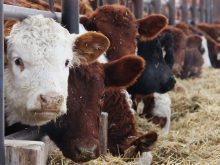BRANDON – Bison no longer seem like the next big thing.
There’s little talk about the industry’s potential and little excitement among average producers about getting into the business.
That makes sense, considering the bison industry nearly imploded after exports were banned following the discovery of BSE in Canada in 2003 and producers encountered severe problems finding markets and slaughter facilities.
However, there was plenty of optimism at the Gompf family’s booth at Manitoba Ag Days in Brandon last week, where family members cheerfully sold their farm-raised bison on a bun and bison jerky.
Read Also

The Western Producer Livestock Report – September 25, 2025
The U.S. national live price average for barrows and gilts was $81.21 Sept. 17. It was $78.37 Sept. 9. U.S. hogs averaged $106.71 on a carcass basis Sept. 17, up from $106.10 Sept. 9.
The cheer was partly produced by the little known fact that raising bison is profitable again.
“The price for finished animals is probably as high as we want to see it,” said Trevor Gompf, who markets the meat from the family’s farm near Oak Lake, Man.
“People aren’t hearing so much about bison now because it’s not bringing $4,000 a cow, but it’s a real solid market now. It’s in a better state than it was back then (in the late 1990s and early 2000s) because then it was a false market.”
Gompf said prices of $1.20 to $1.25 per pound for calves and $2.40 to $2.50 (deadweight) for finished animals give cow-calf operators and feeders a decent profit but are not high enough to kill off demand.
During the crazy days of fast expansion, the bison industry suffered from the same sort of speculative frenzy in prices that occurred in equity markets and in other agricultural markets, such as ostriches.
That created a lot of interest in bison but also made it expensive to develop a commercial herd and almost impossible to make a profit selling the meat.
That’s not true now. The U.S. market has reopened and sales are brisk.
Gompf said there were no dependable marketers of bison meat in North America at the start of the decade, but now there are five major marketing companies in Canada and five in the United States.
Much of Canada’s bison meat production ends up in the U.S., so there’s always a border risk hanging over the industry, as there is with cattle and hog production. However, for the moment at least, bison producers are enjoying a profitable time.
“It’s absolutely better than it was,” Gompf said.















